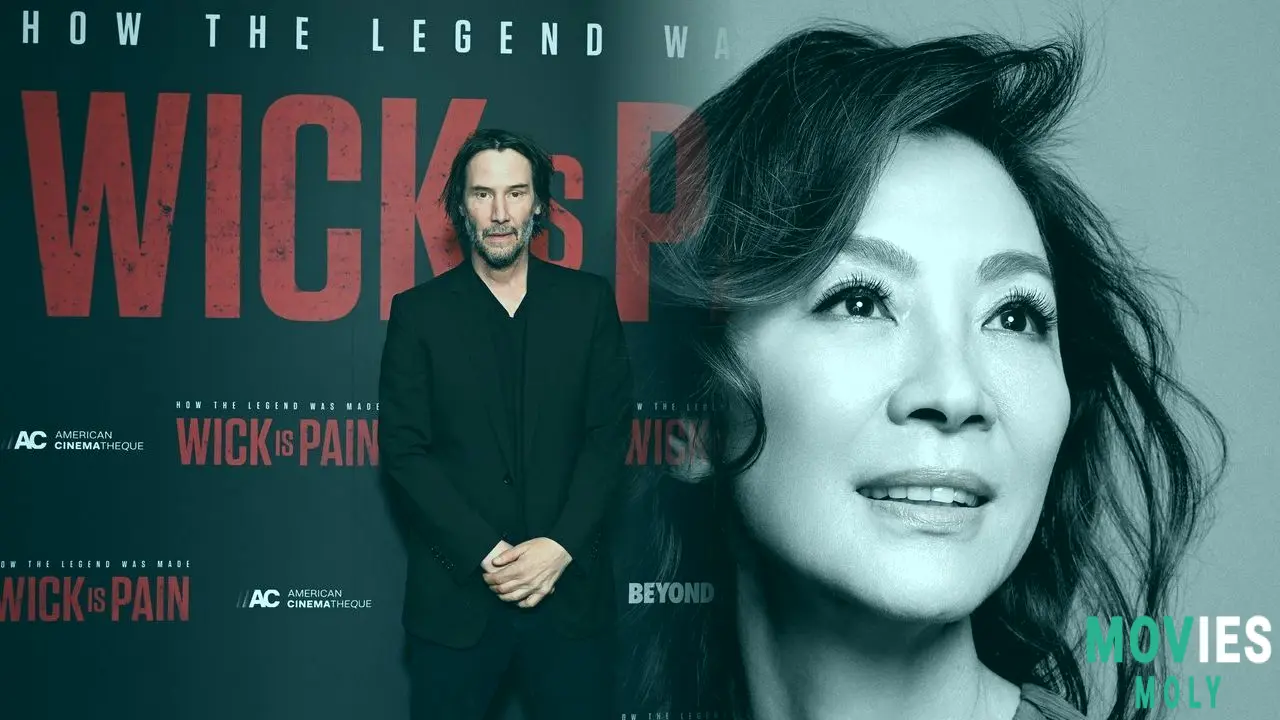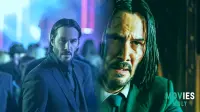Few franchises have reshaped modern action cinema like John Wick. What started as a modestly budgeted revenge thriller has become a multi-layered mythos of style, substance, and sheer cinematic will. With Wick Is Pain — the new documentary that tracks the making of the first four films — fans get the full, unfiltered story of how a spec script named Scorn transformed into a genre-defining phenomenon.
John Wick’s origin story is as gritty as the films themselvesAlias aside, the character John Wick was almost nothing like the legendary assassin we know today. The original script featured a more contained story, with Wick taking down only a handful of targets. It was director (and co-creator) Chad Stahelski’s intervention that turned the dial up. Stahelski didn’t just direct the film — he reimagined it. Drawing from his background as a stunt coordinator and Reeves’ own experience in The Matrix world, he injected the script with a new energy: one that blended precise choreography with emotional punch.
Stahelski wasn’t supposed to direct the film. He was brought in to consult on the action. But Keanu Reeves saw something in him — and in a quick turn of events, offered him the director’s chair. The rest is history.
Keanu Reeves didn’t just play Wick — he became him
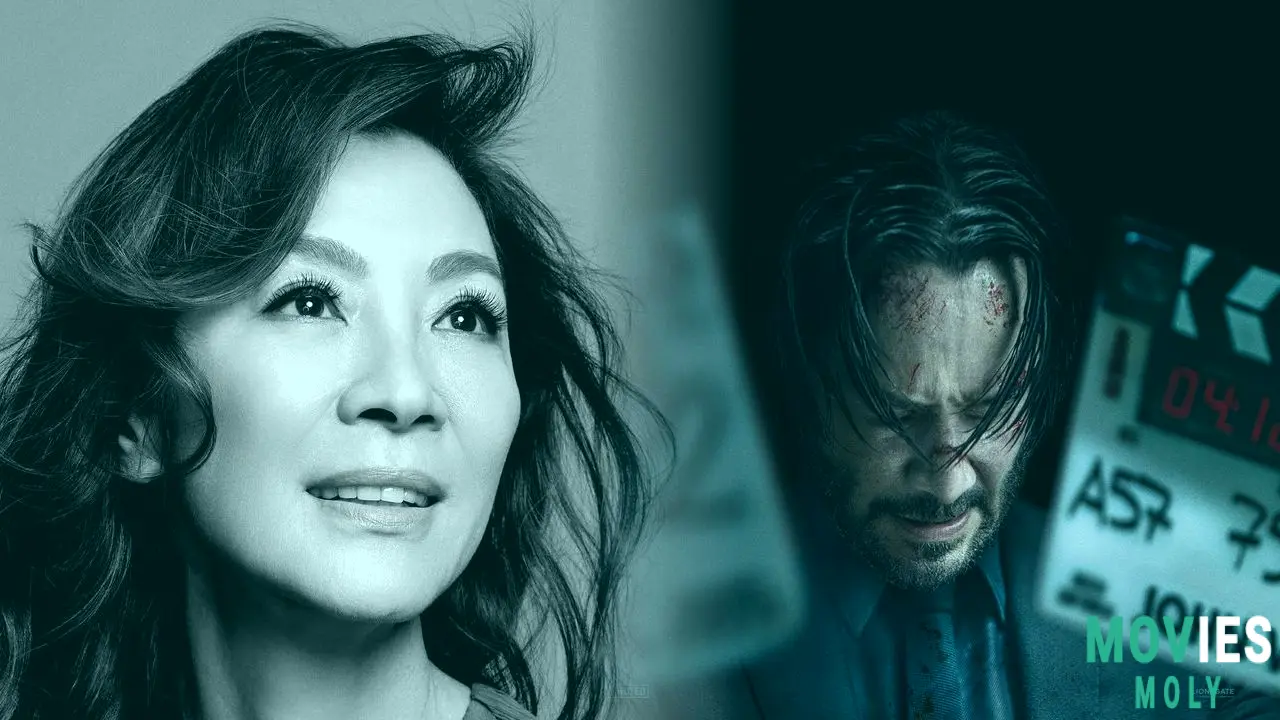
Reeves’ commitment to the role is on full display in Wick Is Pain. The footage of him training through illness, injury, and exhaustion is staggering. He isn’t just performing — he’s pushing the limits of what’s possible in action acting. And he’s doing it without cutting corners. As he says himself, “I don’t do stunts. Stunt people do stunts.” When Reeves is thrown into a fight choreography sequence, he’s as masterful as he is mortal.
It’s a level of dedication that not only grounds the films but elevates them. Without Reeves, John Wick would likely be just another action flick. With him, it became mythological.
The filmmaking team turned pain into a creative signature
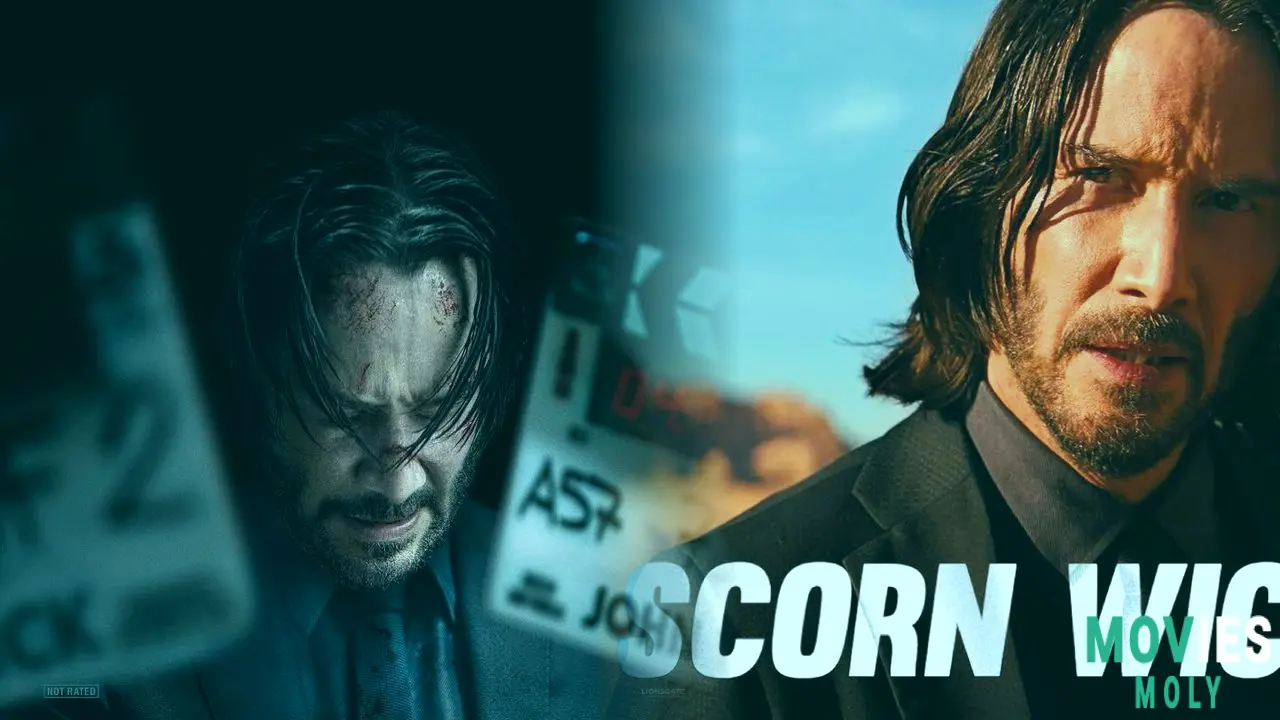
The title of the documentary isn’t just clever — it’s mission statement. “Wick is pain,” says Stahelski, and the team behind the films lived that mantra every day. The long hours, the repeated takes, the dangerous stunts — it all added up to something meaningful. Stahelski calls it “opportunity cost.” When you’re climbing for the view, a little hurt is part of the process.
But the doc doesn’t shy away from the real toll. Stahelski openly discusses how the intense commitment contributed to personal sacrifices, including his divorce. It’s a raw look at what it means to give everything to a project — and how that project, in turn, gives you back something irreplaceable.
Behind the action is a story of creative evolution and tough choices
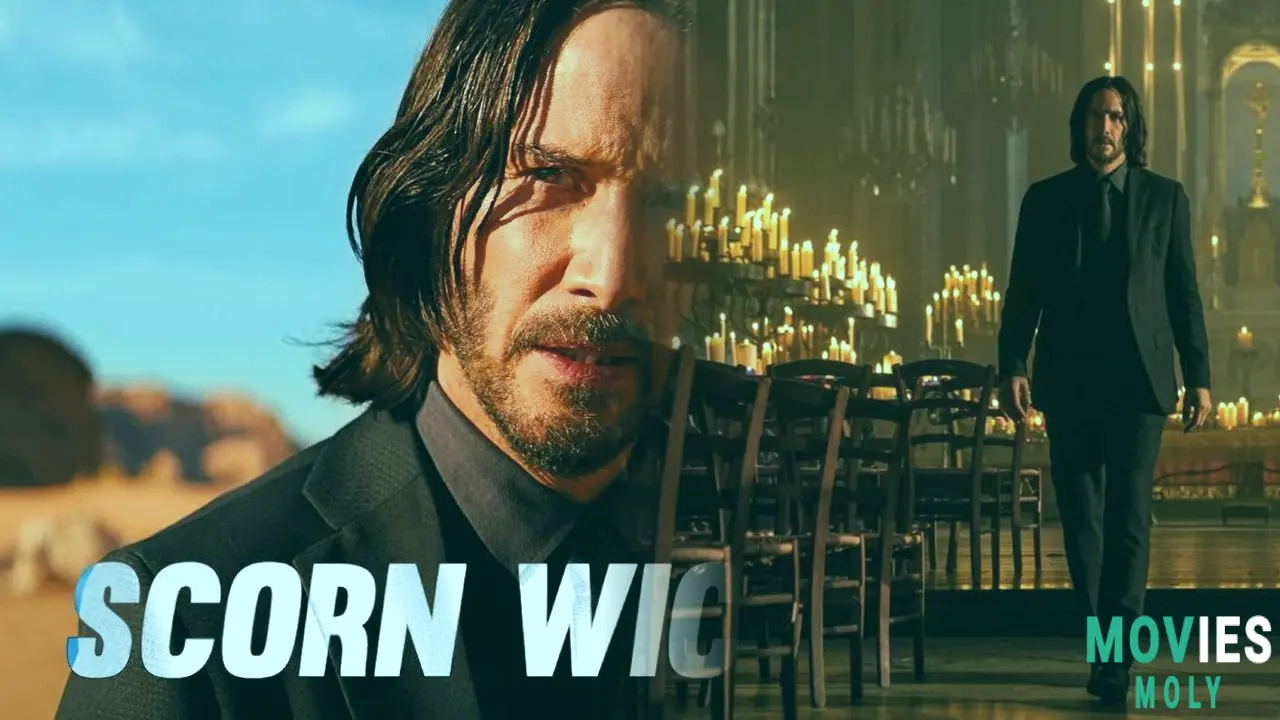
One of the most fascinating threads in Wick Is Pain is the break between Stahelski and David Leitch, the co-director of the first film. The two had different visions, and though they made John Wick together, they couldn’t continue that partnership. Leitch went on to direct Deadpool 2 and Bullet Train, while Stahelski took the reins on the entire Wick series. Their on-set dynamic — including the fiery arguments and creative clashes — shows how sharp vision can both create magic and push people apart.
It’s also where the team made a crucial call: to save their signature style of gun-fu for their own project. That’s part of why John Wick feels so unique. It wasn’t just about making cool fights — it was about making fights that fit the world they were building.
John Wick 5 promises to explore new genres within the familiar frame
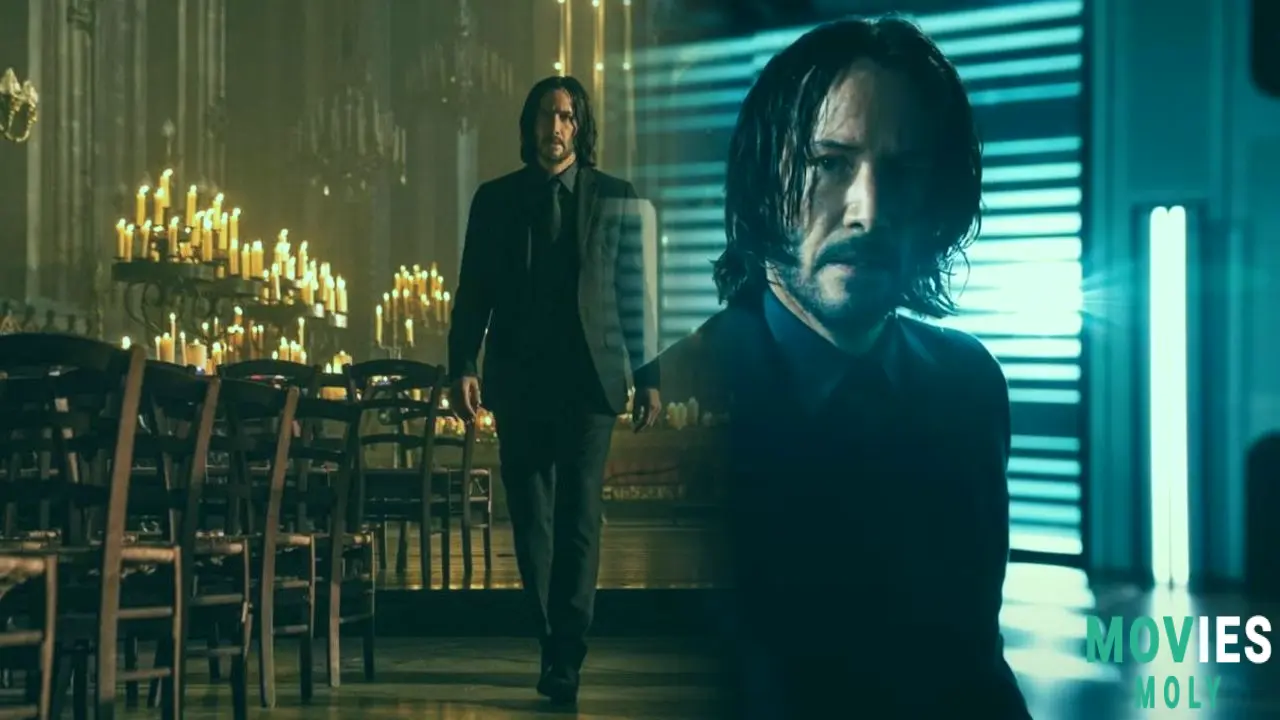
While details on John Wick 5 are still under wraps, Stahelski’s comments hint at another genre mashup. After taking the series through samurai echoes, Western fables, and desert epics, he’s eyeing something new — and possibly more personal. He loves cultural storytelling and wants to tap into human history through locations like China, Africa, and the Middle East.
It may not follow the plot of Chapter 4, and it will reportedly veer away from the direct sequel path. But one thing is clear: it will still be John Wick. Still blood-soaked, still stylish, still steeped in subconscious cinematic references that only Stahelski could pull off.
What the Wick series really stands for — and where it goes from here
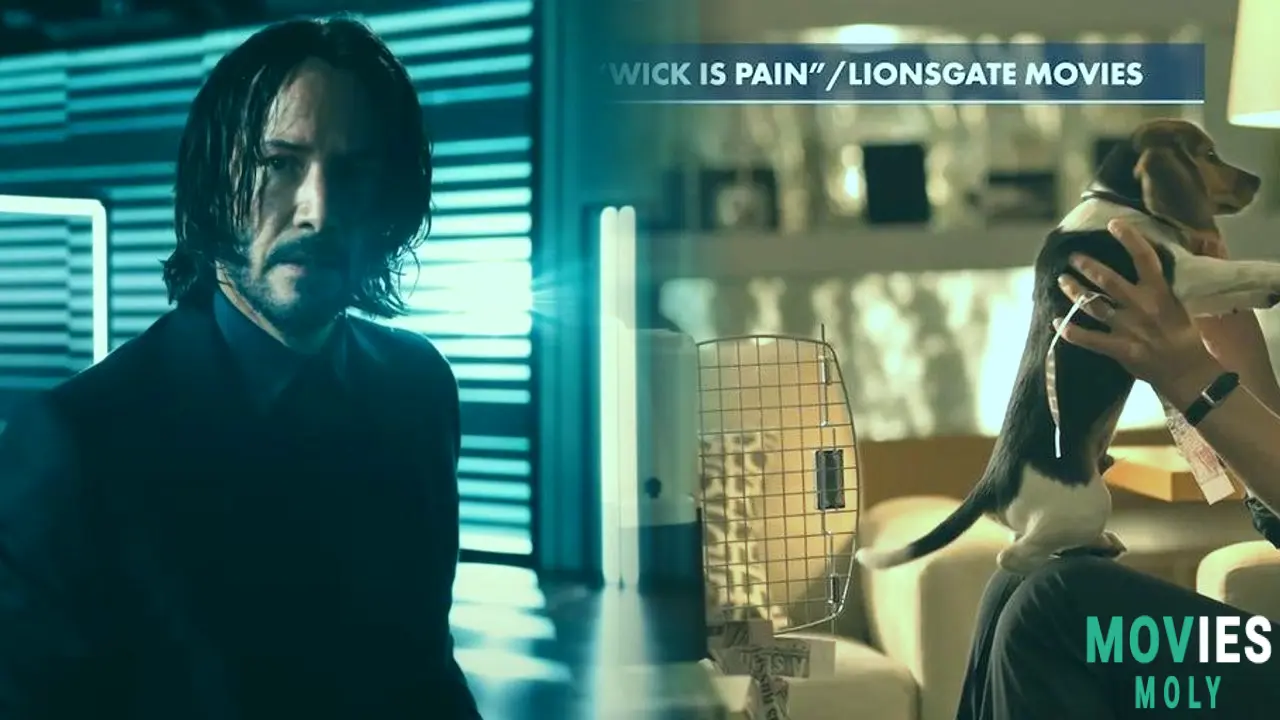
More than a hitman trilogy (that turned into four films and counting), John Wick is about creative ownership. It’s about a team that refused to make a “widget” and instead built a world. A world where every punch, every bullet, and every shadowed glance means something. Where mythology is built not through exposition, but through editing, choreography, and costume design.
“Always kill the dog,” Stahelski teases — a line that sums up the franchise’s evolution from simple revenge to full-blown legend.
And with Wick Is Pain, we don’t just see the final product. We see the climb. The falls. The blood on the floor—and the glory in the theater when a thousand people cheer for a man in a suit who won’t stop fighting.

